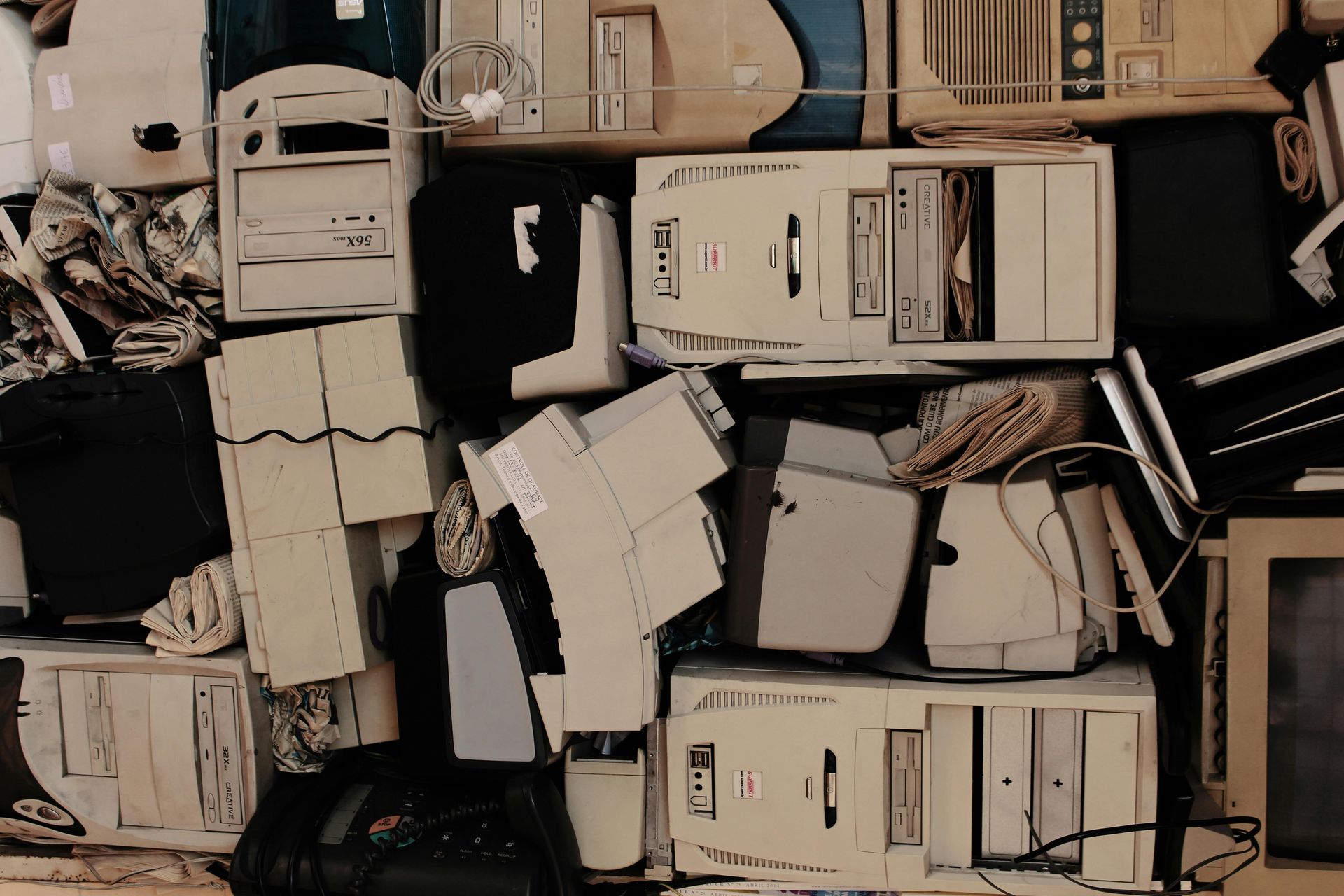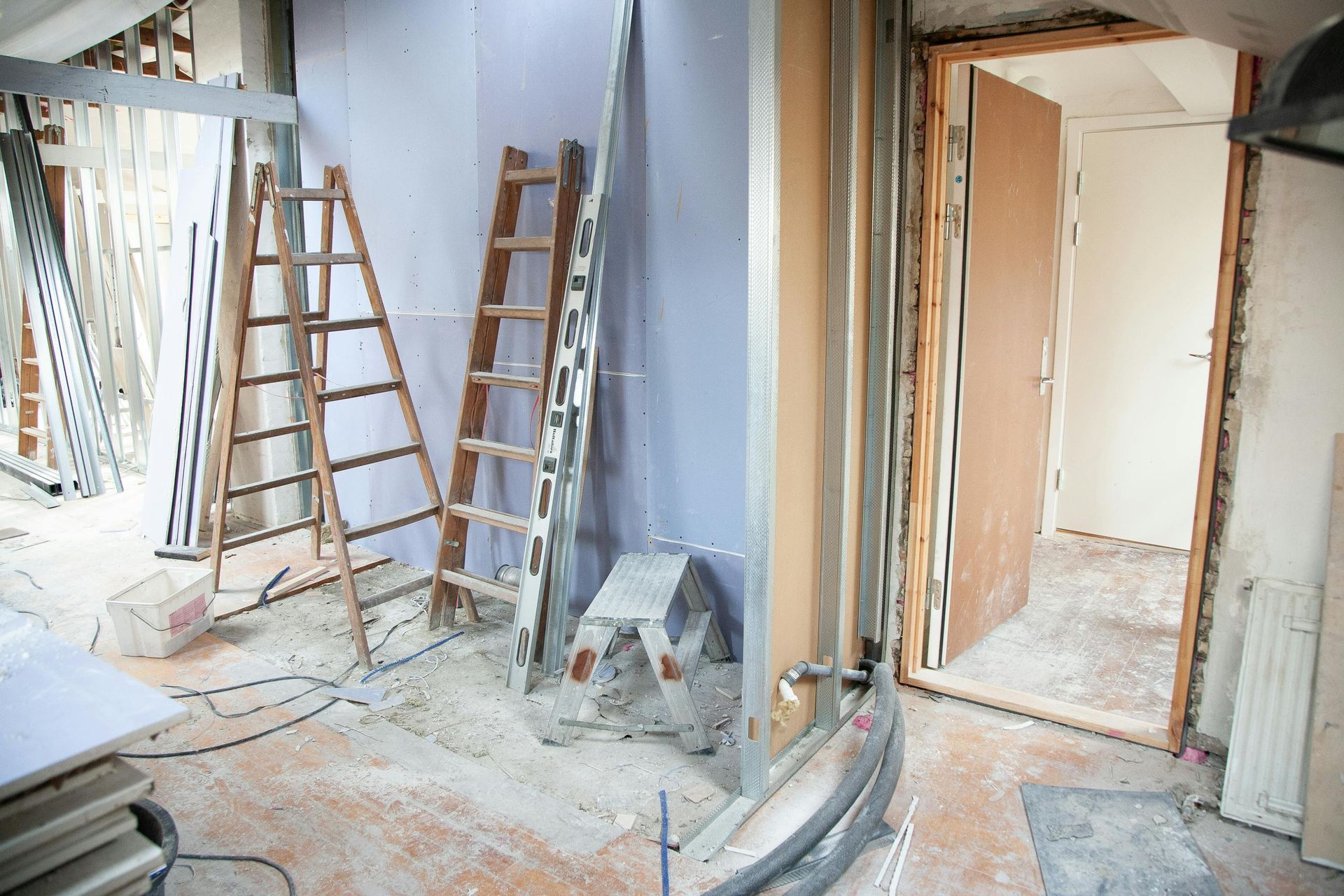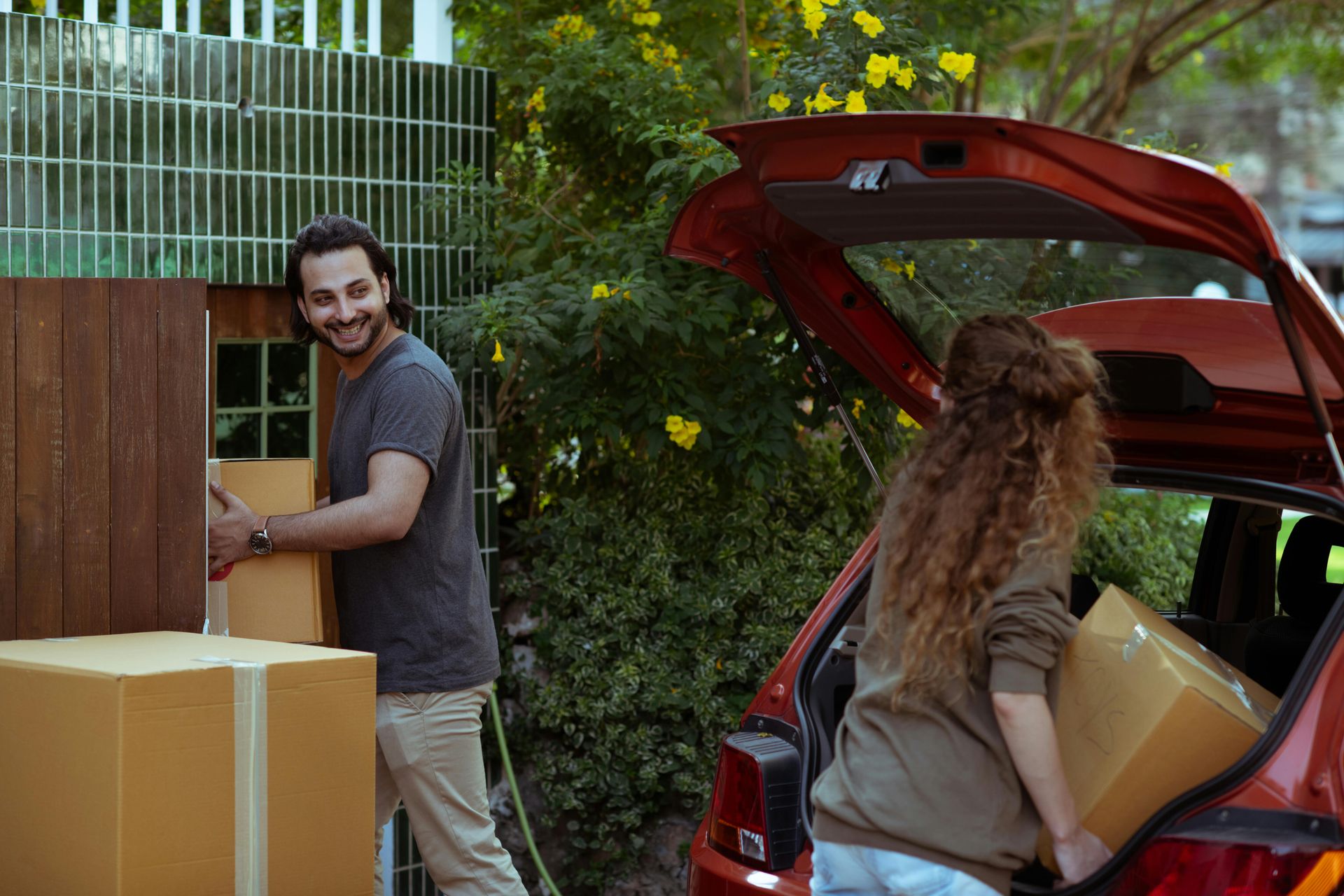Emergency Junk Removal: How to Handle Unexpected Clutter Situations
Life can be unpredictable, and sometimes that unpredictability brings with it an overwhelming amount of clutter. Whether it’s an unexpected move, sudden guests, or an urgent need to clear out a space, knowing how to handle emergency junk removal can save you a lot of stress and hassle. This comprehensive guide will help you tackle unexpected clutter situations with efficiency and ease.
Understanding Emergency Junk Removal
Emergency junk removal refers to the rapid and efficient clearing out of unwanted items, often under tight time constraints. This can include anything from furniture and appliances to yard waste and construction debris. The goal is to quickly restore order and functionality to a space, ensuring it is safe, clean, and clutter-free.
Common Scenarios for Emergency Junk Removal
- Last-Minute Moves: Sudden relocations due to job changes, personal reasons, or eviction can necessitate swift junk removal.
- Unexpected Guests: Hosting last-minute guests may require a quick clean-up to make your home presentable.
- Property Sales: Preparing a home for sale or rent often involves decluttering and removing excess items to improve its appeal.
- Natural Disasters: Events like floods, storms, or fires can leave behind debris that needs to be quickly removed.
- Renovation Projects: Unexpected delays or changes in renovation plans may require fast junk removal to keep the project on track.
Preparing for Emergency Junk Removal
Assess the Situation
Start by evaluating the scope of the junk removal task. Identify the types of items that need to be removed and their quantity. This assessment will help you determine the resources and time required to complete the job.
Prioritize Items
In an emergency, it’s crucial to prioritize what needs to be removed first. Focus on hazardous items, large furniture, and anything that obstructs movement or poses a safety risk. Make a list of high-priority items to tackle immediately.
Gather Supplies
Before you start, gather essential supplies such as:
- Trash Bags: Heavy-duty bags for smaller items and debris.
- Boxes: For items that need to be sorted or stored temporarily.
- Gloves: To protect your hands from sharp objects and dirt.
- Cleaning Supplies: For a quick clean-up after the junk is removed.
Strategies for Efficient Junk Removal
Enlist Help
Emergency junk removal is often a team effort. Enlist the help of family, friends, or neighbors to speed up the process. If possible, hire professional junk removal services that specialize in emergency situations. They have the expertise and equipment to handle large volumes of junk quickly and safely.
Sort and Categorize
Sort items into categories: keep, donate, recycle, and dispose. This will streamline the removal process and ensure that items are handled appropriately.
- Keep: Items you need or want to retain.
- Donate: Items in good condition that can be given to charity.
- Recycle: Materials that can be recycled, such as paper, plastic, and metal.
- Dispose: Items that are broken, hazardous, or unsalvageable.
Use the Right Tools
Having the right tools can make a significant difference in the efficiency of junk removal. Consider using:
- Dollies and Hand Trucks: For moving heavy items.
- Power Tools: For disassembling furniture or breaking down large items.
- Bungee Cords and Straps: To secure items during transport.
Hiring Professional Junk Removal Services
Benefits of Professional Services
- Speed and Efficiency: Professionals can quickly assess, sort, and remove junk, often completing the task within hours.
- Safety: Trained professionals know how to handle heavy and hazardous items safely, reducing the risk of injury.
- Proper Disposal: Junk removal companies ensure that items are disposed of responsibly, following local regulations for recycling and waste disposal.
Choosing the Right Service
When selecting a junk removal service, consider the following:
- Reputation: Look for companies with positive reviews and a solid reputation for reliability and efficiency.
- Services Offered: Ensure the company can handle the specific types of junk you need to remove.
- Availability: Confirm that the company can accommodate your emergency timeline.
- Pricing: Get a clear understanding of the pricing structure and any additional fees.
Tips for Handling Specific Types of Junk
Furniture and Appliances
- Furniture: Disassemble large furniture to make it easier to move. Check if local charities or thrift stores can take gently used pieces.
- Appliances: Ensure appliances are disconnected from power sources and emptied of any contents. Some junk removal services offer appliance recycling programs.
Yard Waste and Debris
- Yard Waste: Bag leaves, branches, and other organic material. Separate non-organic debris like rocks or concrete.
- Construction Debris: Use heavy-duty bags or bins for materials like wood, drywall, and tiles. Check if your local waste management service offers special pick-ups for construction debris.
Hazardous Materials
- Identify Hazards: Items like paint, chemicals, batteries, and electronics require special handling.
- Follow Regulations: Research local regulations for disposing of hazardous materials. Many areas have designated drop-off points or special collection days.
Post-Removal Clean-Up
Deep Cleaning
Once the junk is removed, perform a thorough clean-up of the area. This includes sweeping, mopping, and disinfecting surfaces to ensure the space is clean and hygienic.
Organizing and Rearranging
Take this opportunity to reorganize the space. Arrange remaining items in a logical, functional manner to prevent future clutter. Use storage solutions like shelves, bins, and hooks to maximize space.
Preventing Future Clutter
Implement habits and systems to keep clutter at bay:
- Regular Decluttering: Schedule regular clean-ups to prevent junk from accumulating.
- Mindful Consumption: Be mindful of what you bring into your home. Avoid unnecessary purchases and consider the longevity and usefulness of items before buying.
- Donation and Recycling: Regularly donate or recycle items you no longer need.
Emergency Junk Removal Checklist
To ensure a smooth and efficient emergency junk removal process, follow this checklist:
- Assess the Situation: Identify the types and quantity of items to be removed.
- Prioritize Items: Focus on high-priority items first.
- Gather Supplies: Collect necessary supplies such as trash bags, boxes, gloves, and cleaning supplies.
- Enlist Help: Recruit family, friends, or professional services.
- Sort and Categorize: Divide items into keep, donate, recycle, and dispose categories.
- Use the Right Tools: Utilize dollies, hand trucks, and power tools.
- Hire Professional Services: Choose a reputable junk removal company if needed.
- Handle Specific Junk Types: Follow appropriate procedures for furniture, appliances, yard waste, debris, and hazardous materials.
- Post-Removal Clean-Up: Perform a deep clean and organize the space.
- Prevent Future Clutter: Implement regular decluttering and mindful consumption habits.
Conclusion
Emergency junk removal can be a daunting task, but with the right approach and resources, you can handle unexpected clutter situations efficiently and effectively. By assessing the situation, enlisting help, and utilizing professional services when necessary, you can quickly restore order to your space. Remember to follow proper disposal procedures and take preventive measures to avoid future clutter. With these strategies in place, you’ll be well-prepared to tackle any emergency junk removal scenario that comes your way.






